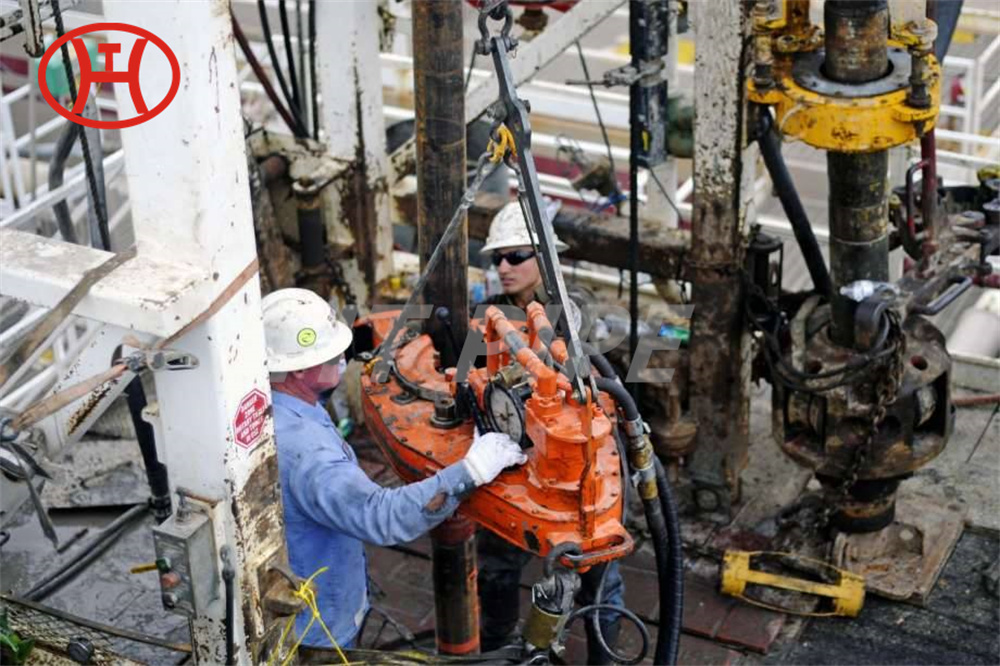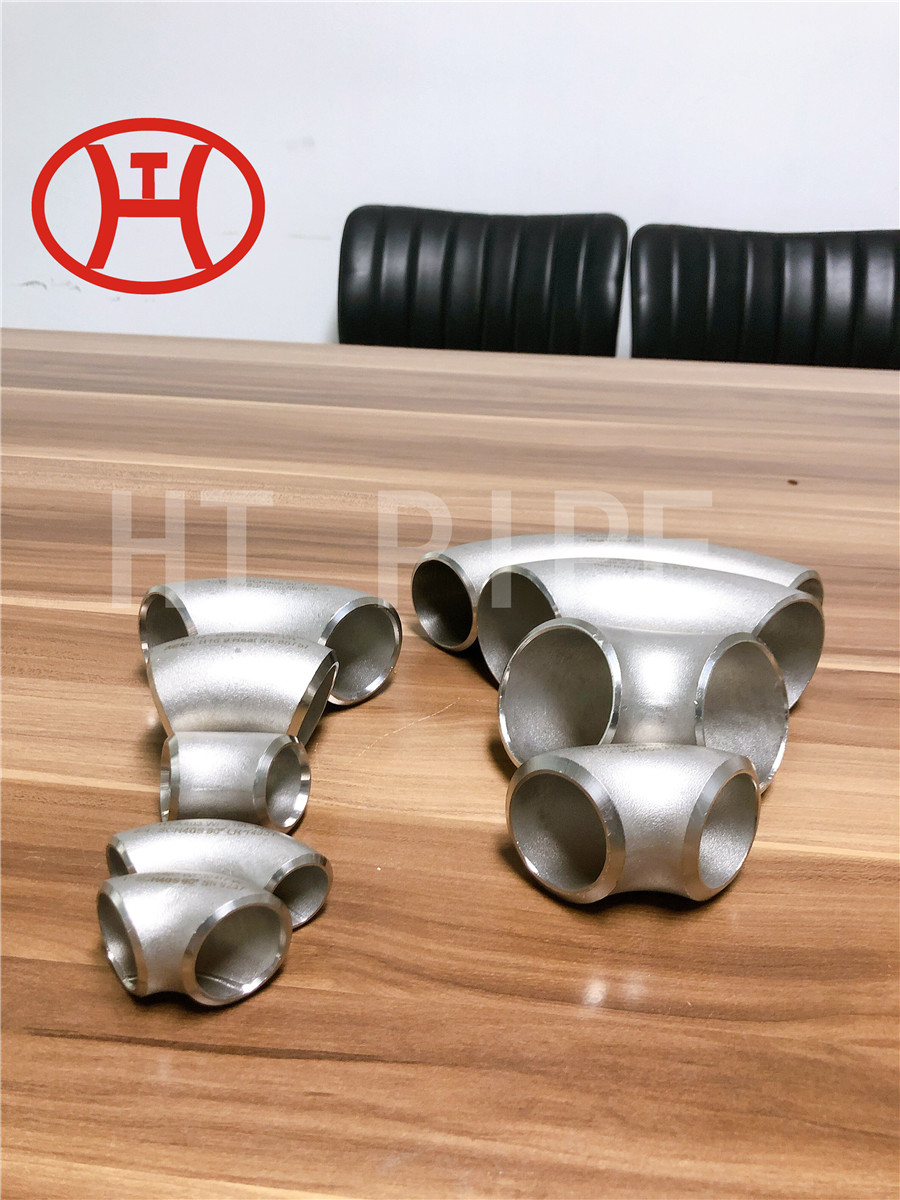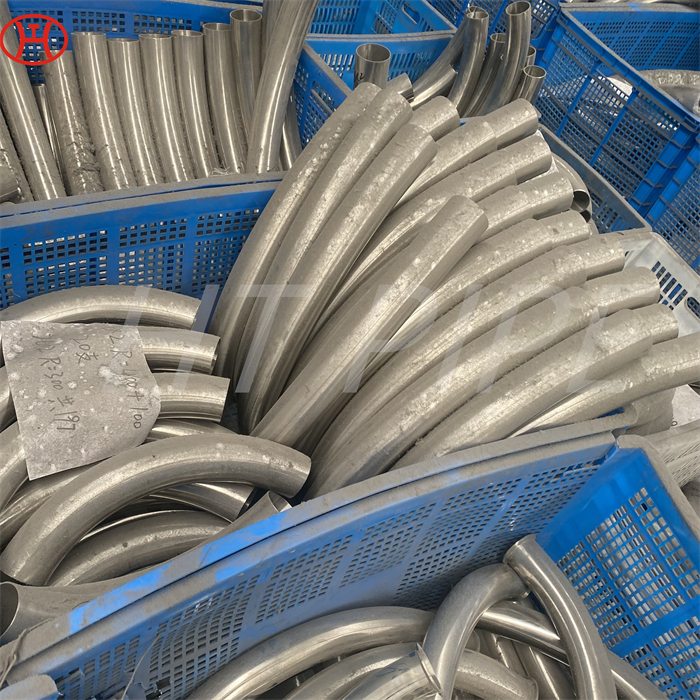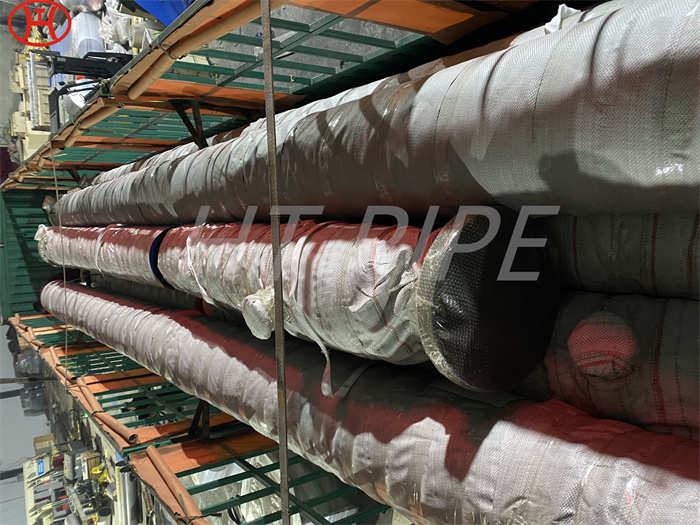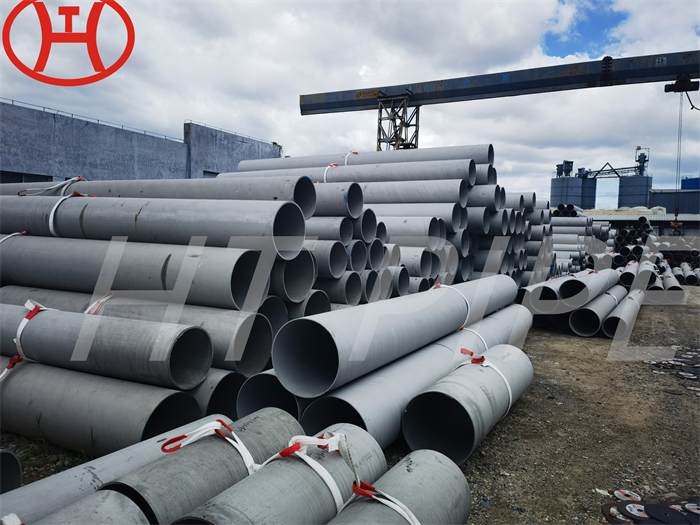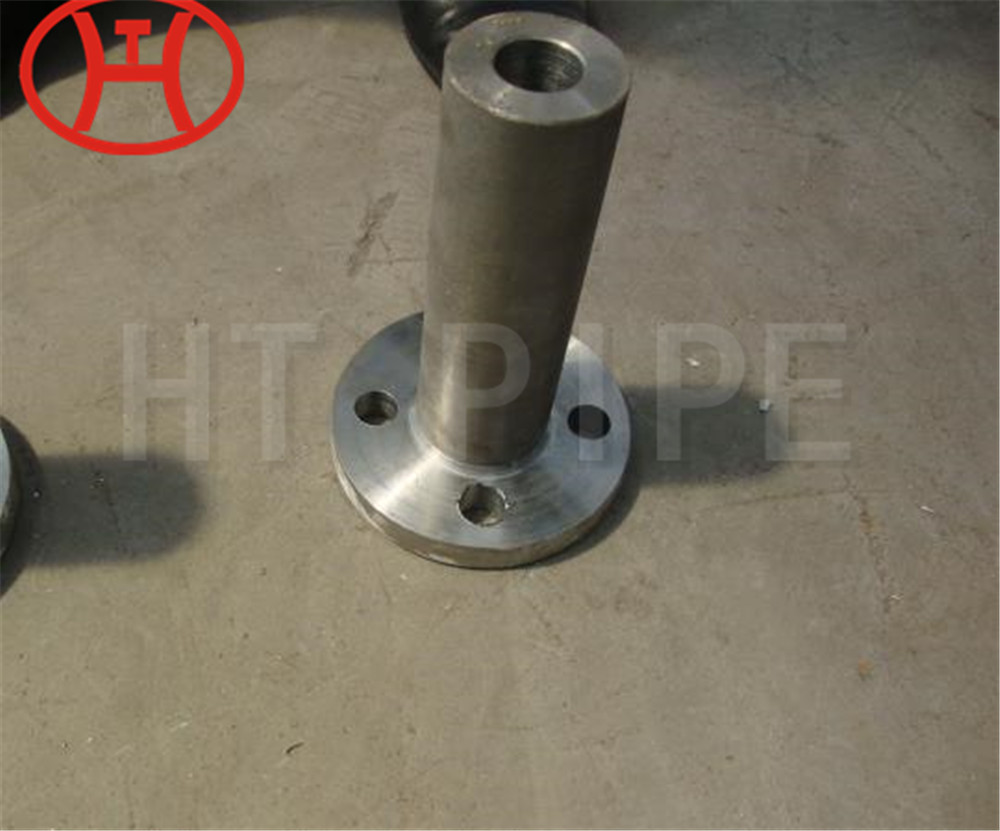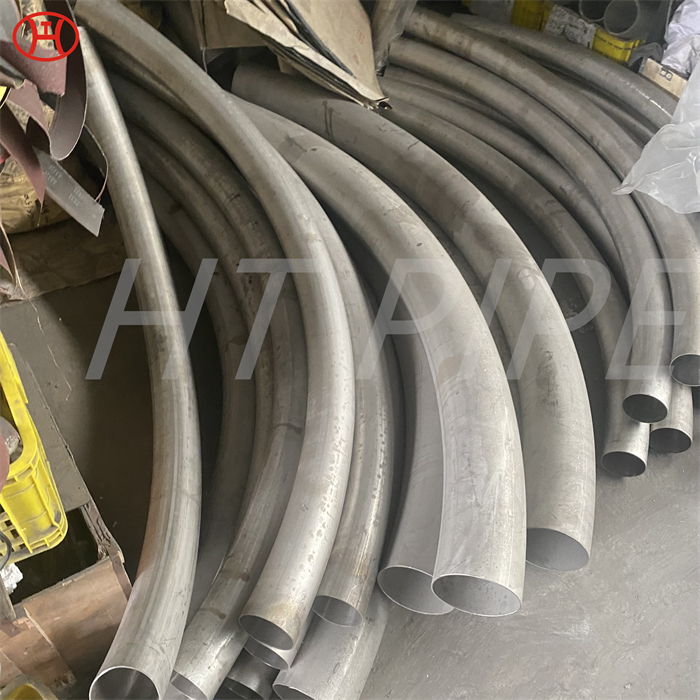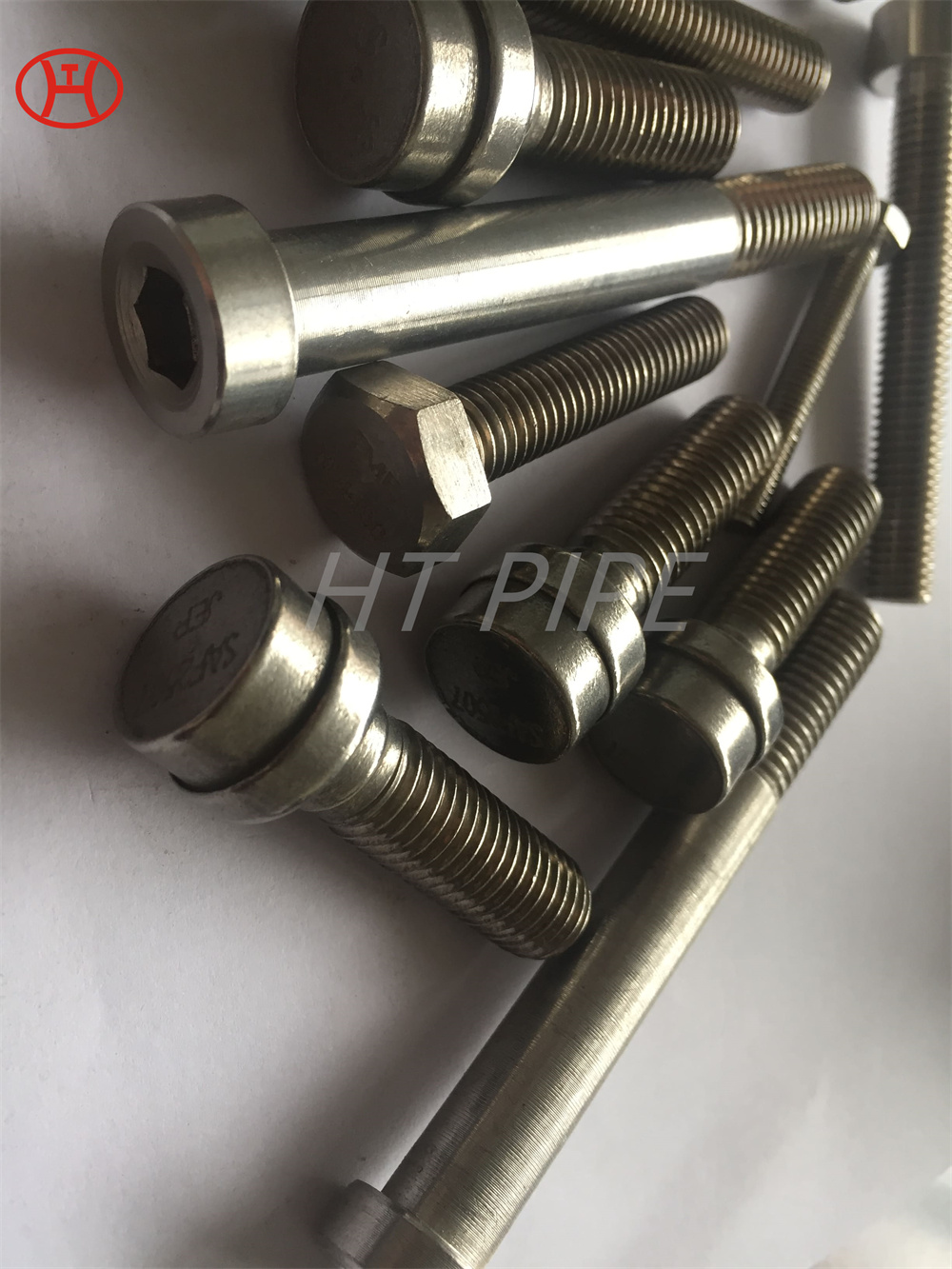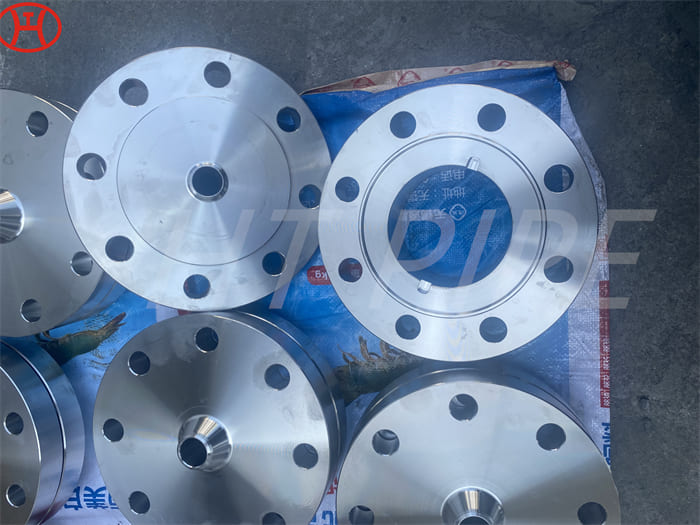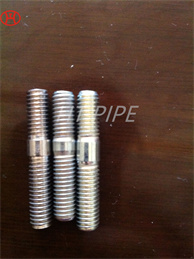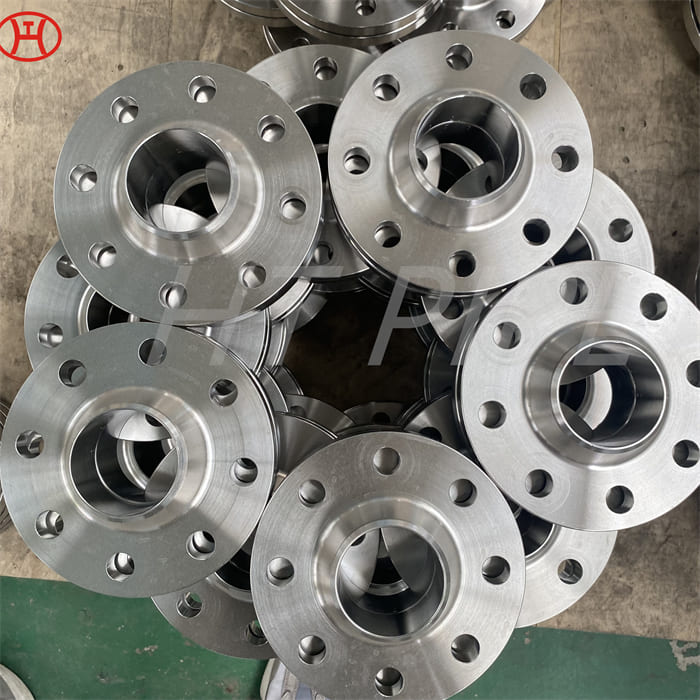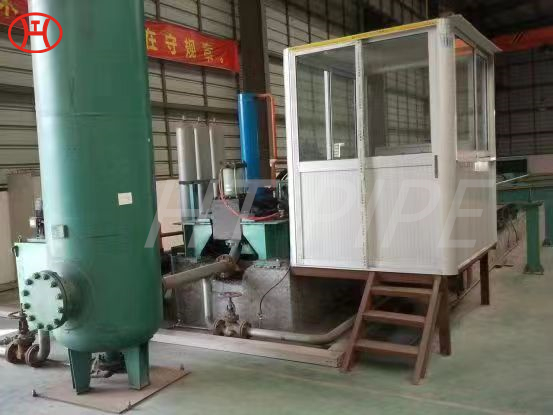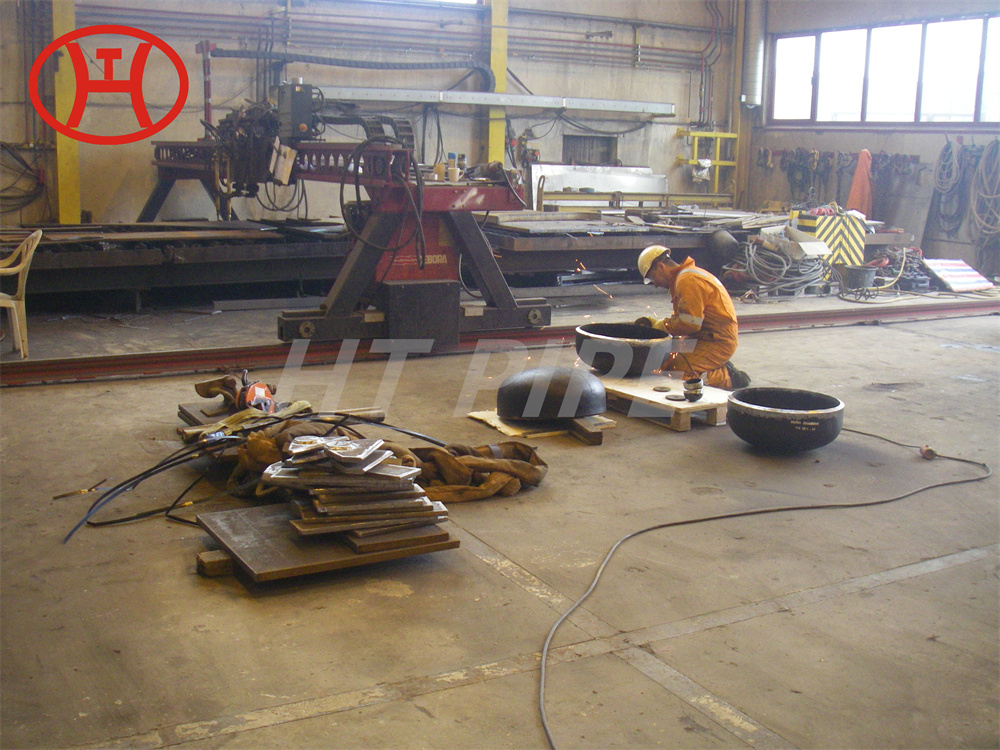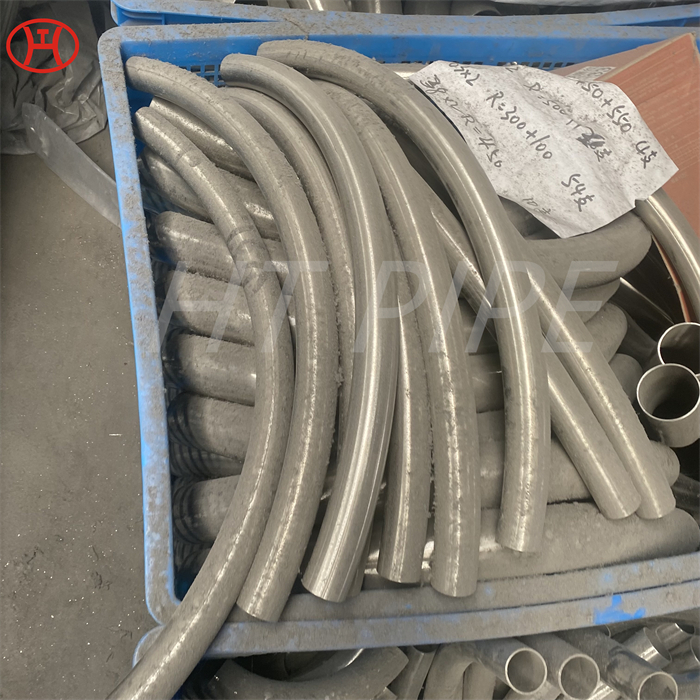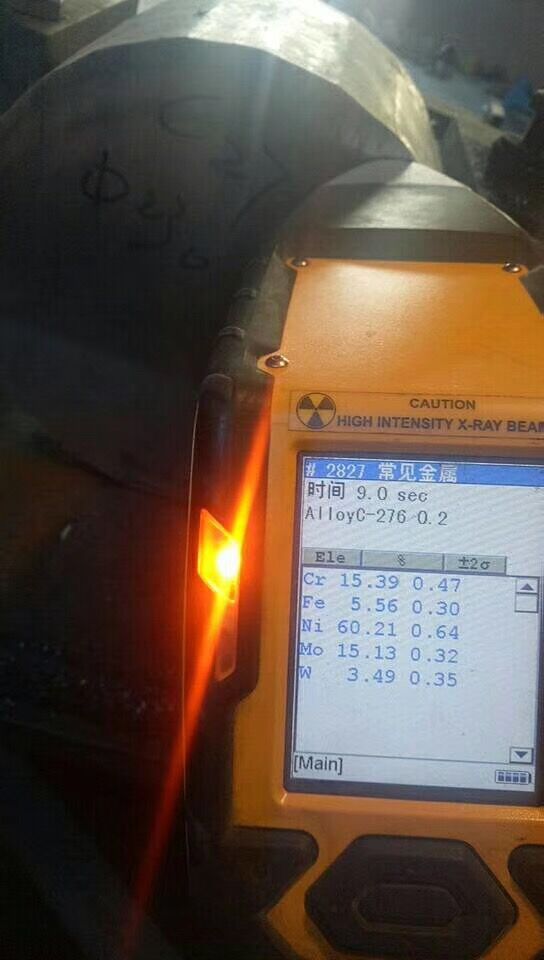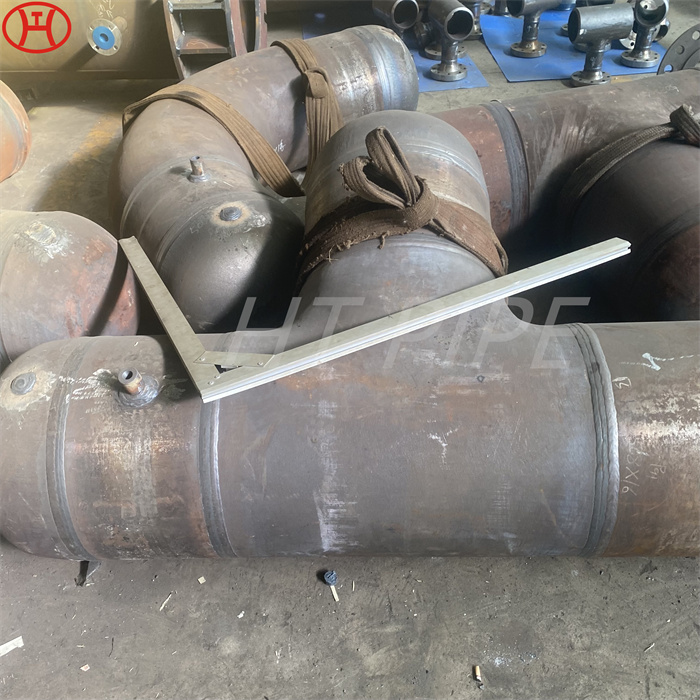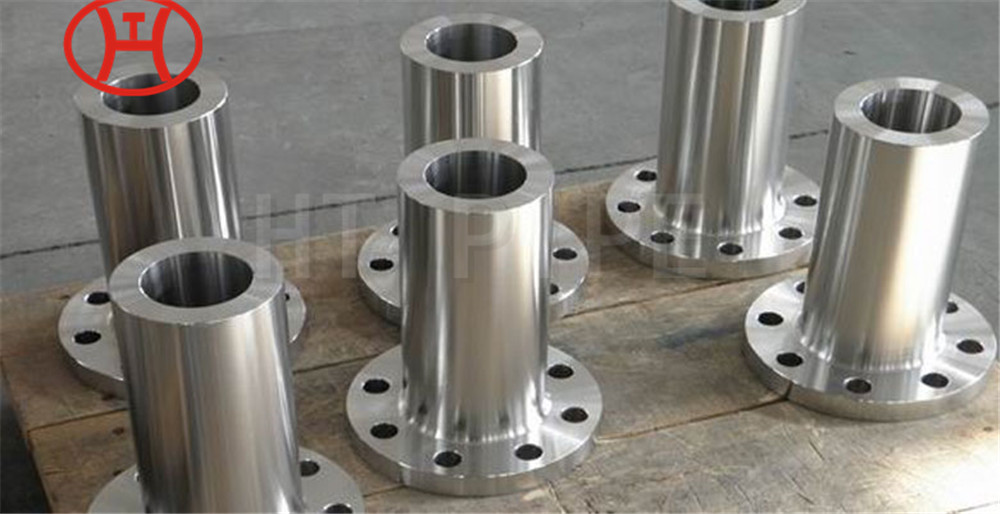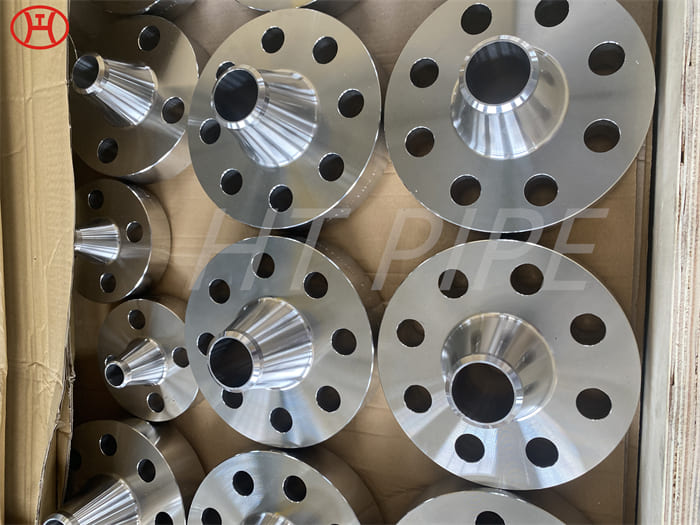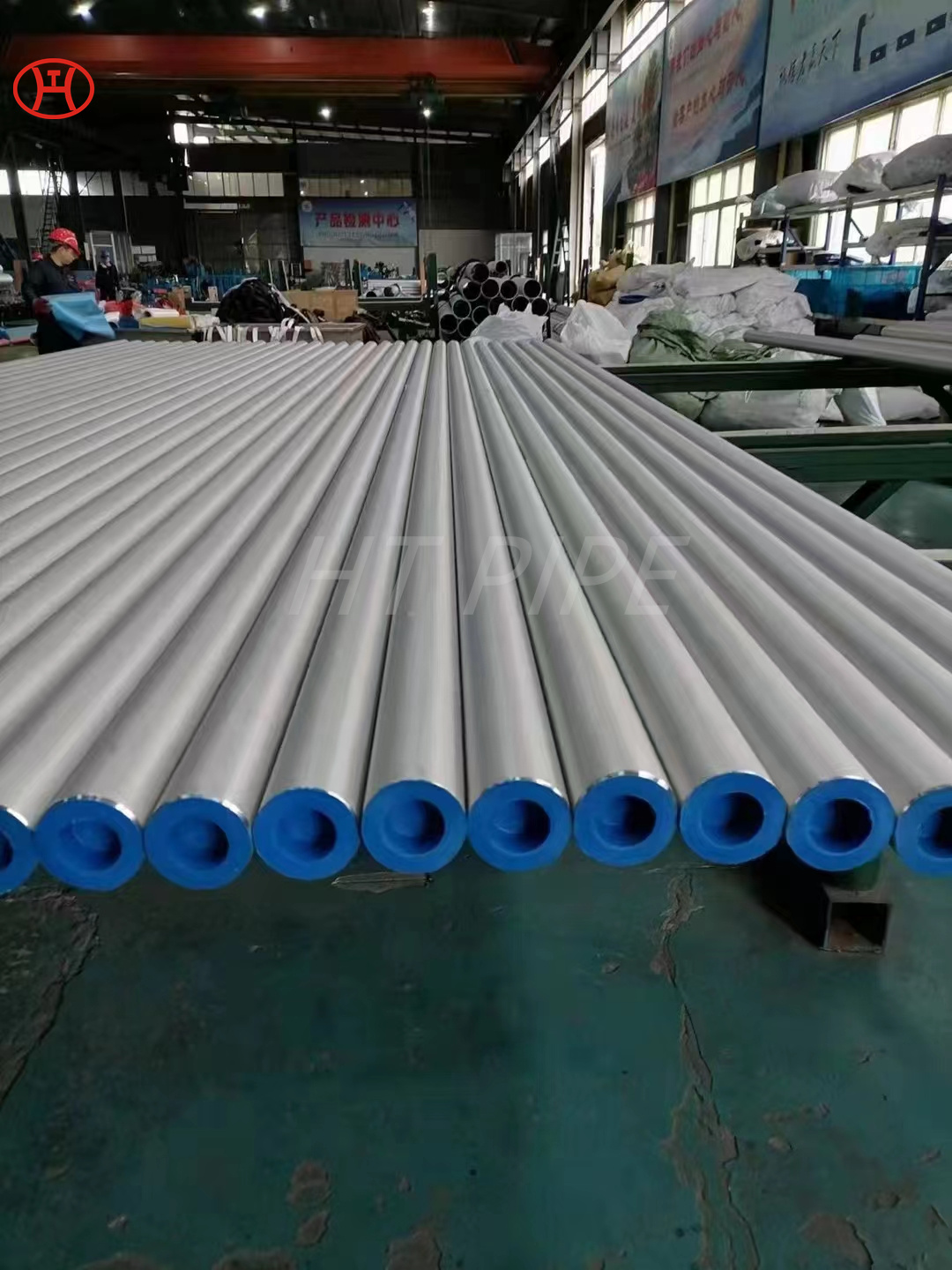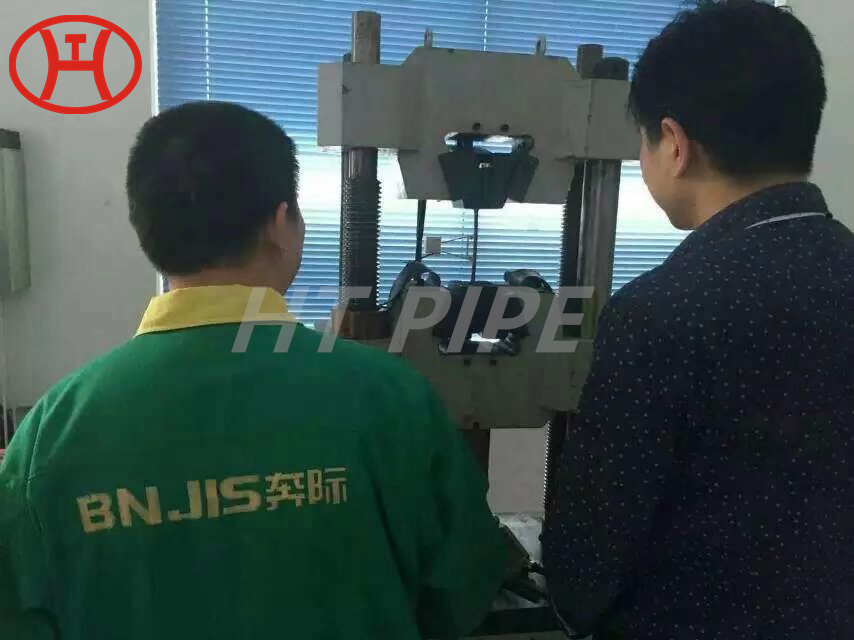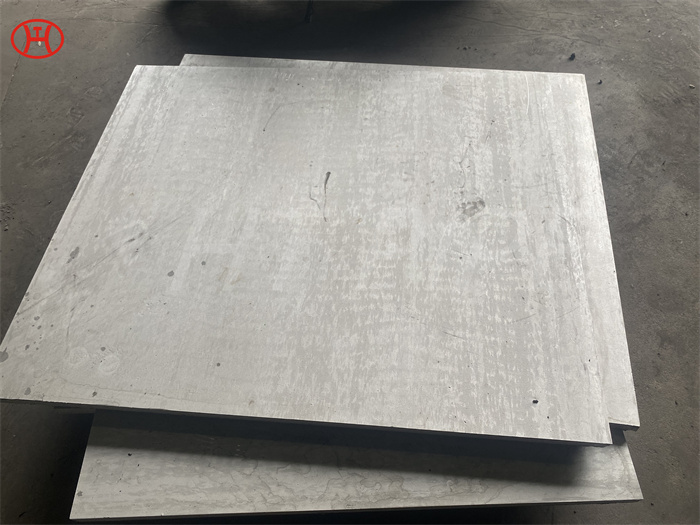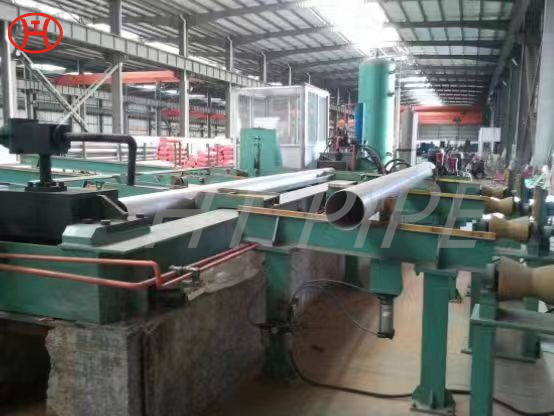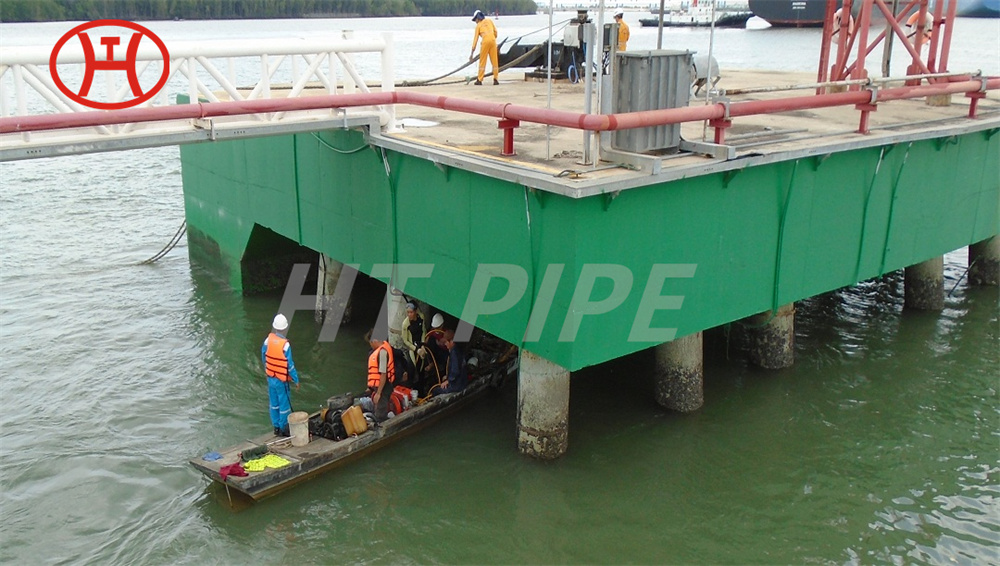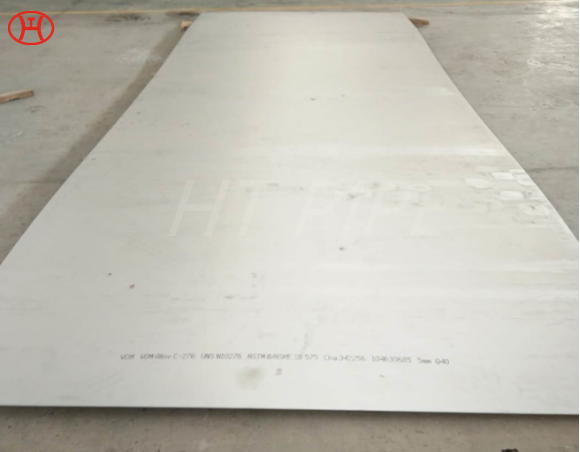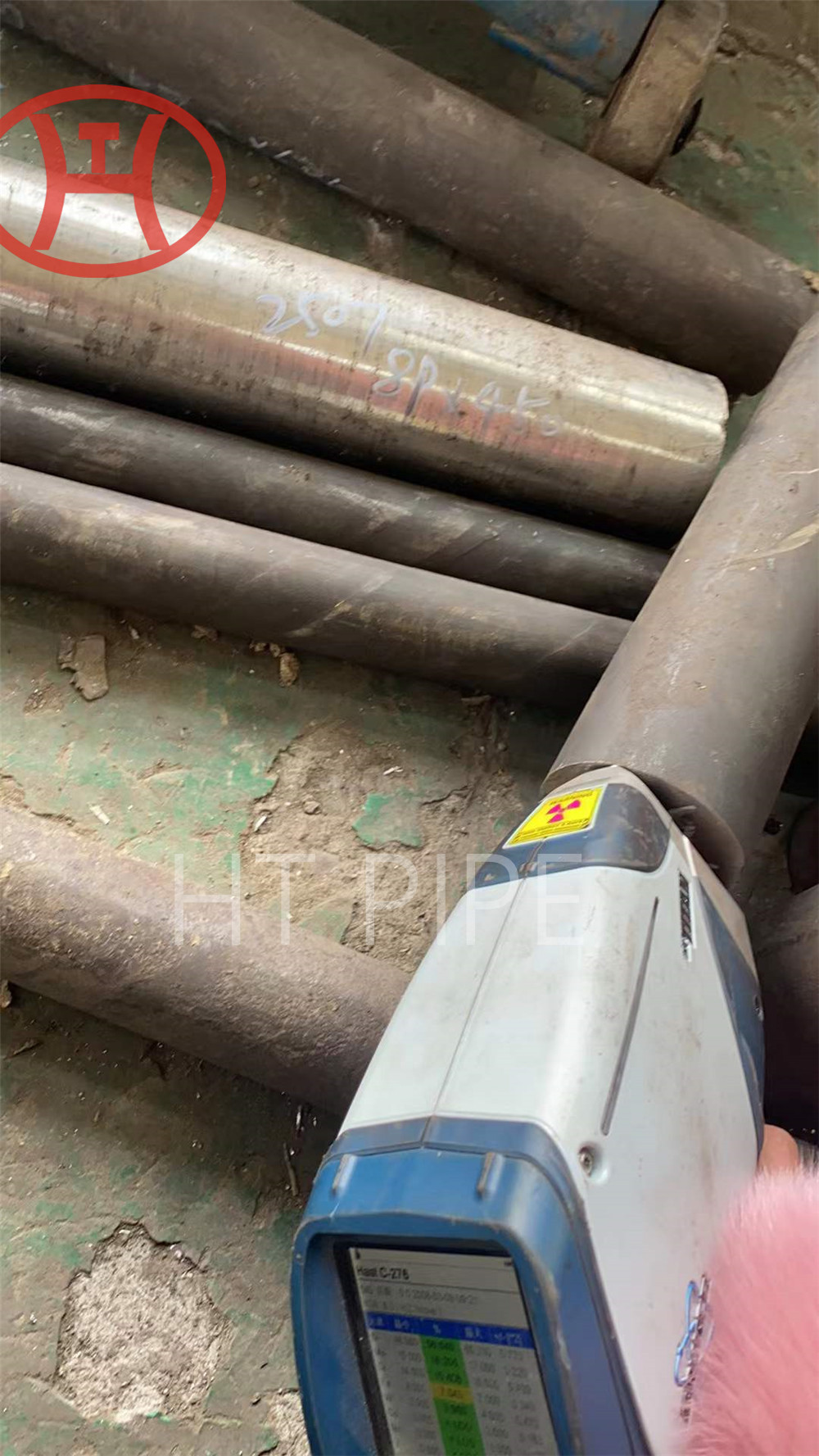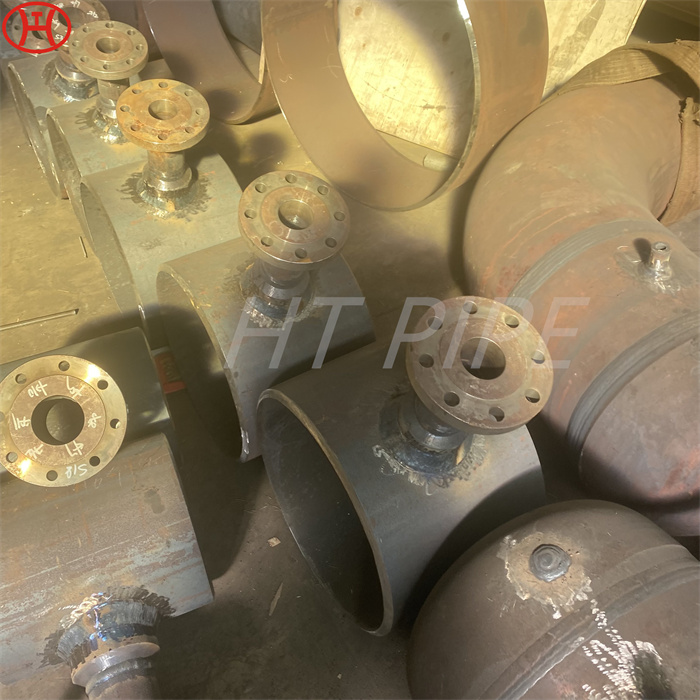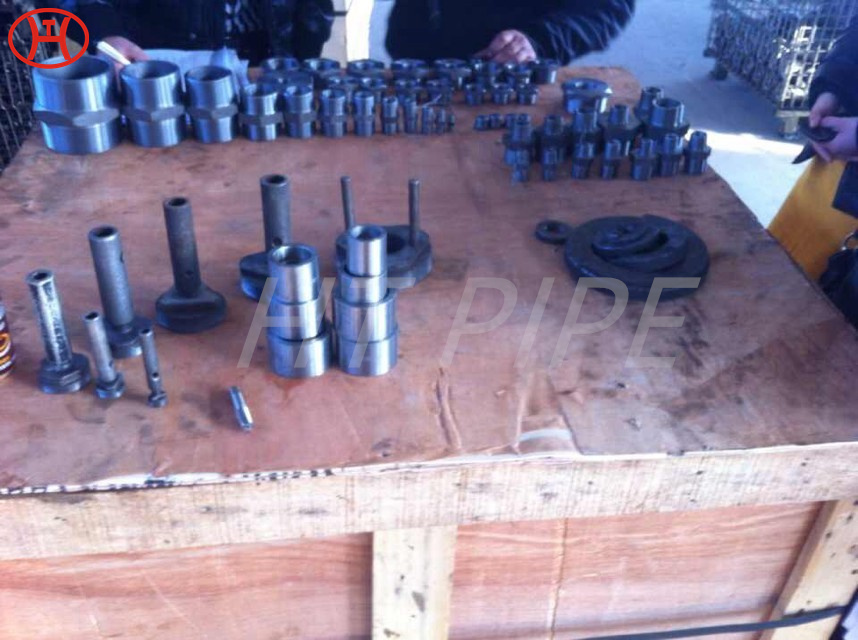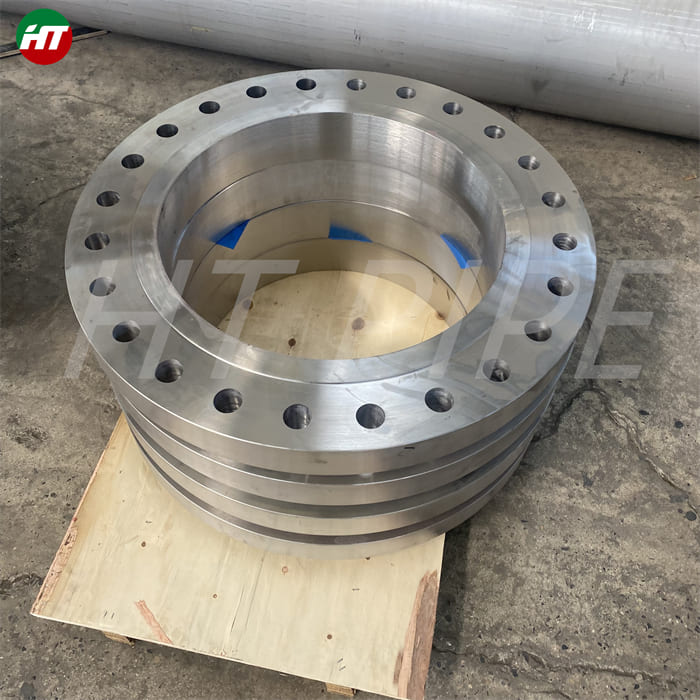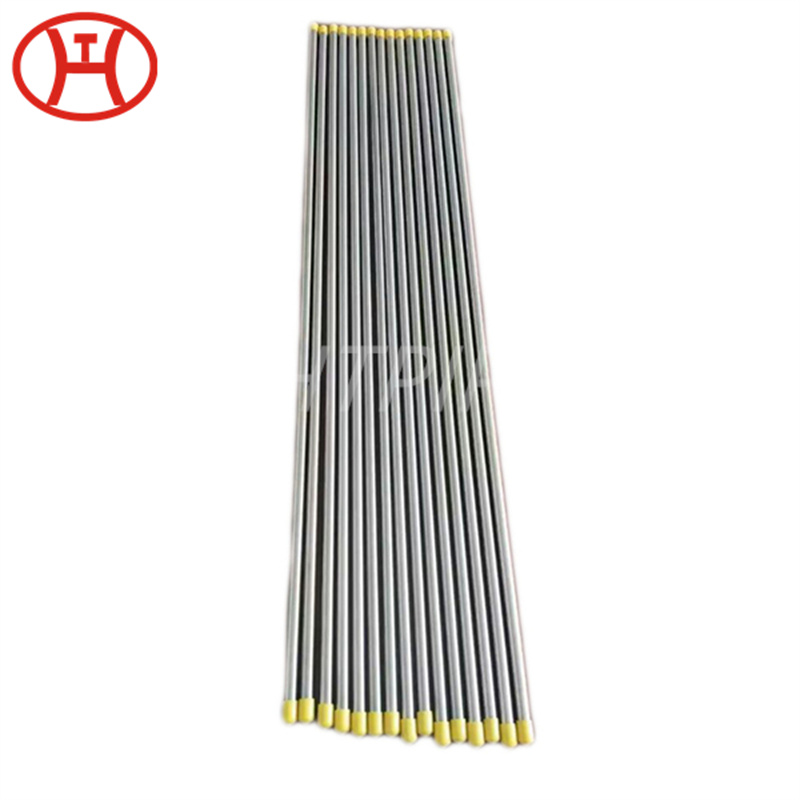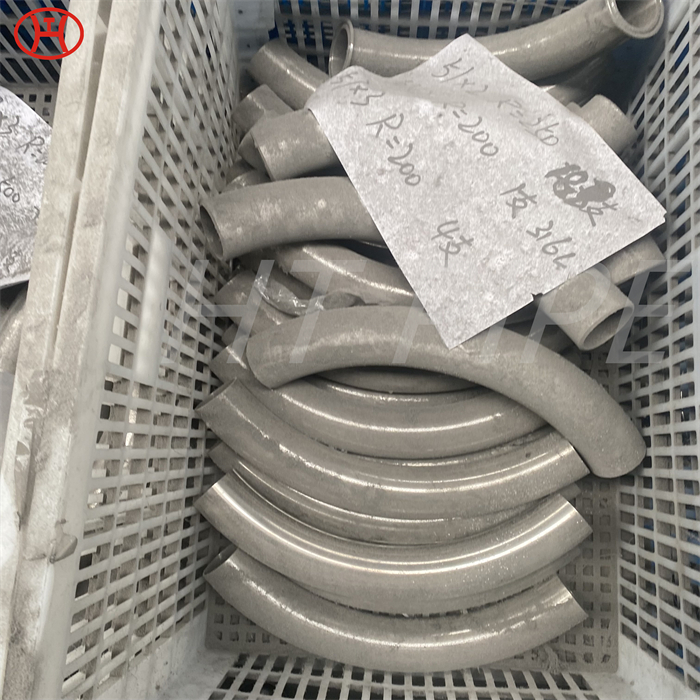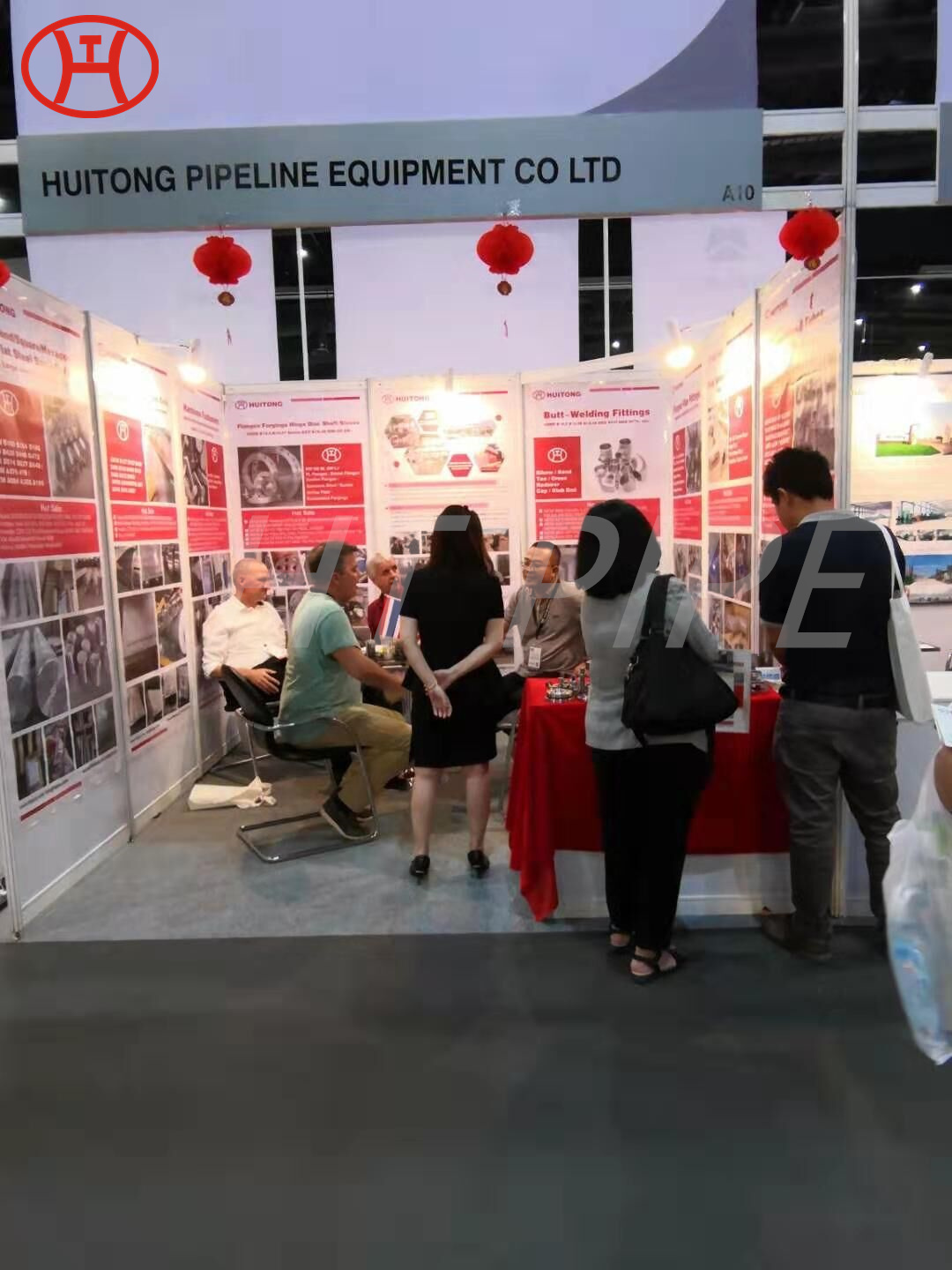Hastelloy Alloy C276 Installation and Construction Scene
Alloy C276 (UNS N10276) is an austenitic nickel-molybdenumchromium alloy with a small addition
of tungsten.Hastelloy C-276 Alloy has excellent resistance to a wide variety of chemical process environments, including strong oxidizers such as ferric and cupric chlorides, hot contaminated media (organic and inorganic), chlorine, formic and acetic acids, acetic anhydride, and seawater and brine solutions.
Steel bars are one of the core components of any manufacturing industry or for that matter any industry that relies on machineries.Thanks to its versatile applications, shteel bars find itself in the epicenter of most of engineering industries, be it automotive, textile, fabrication, construction, cement, ship building, paper and pulp, defence, heavy earth moving equipments or aerospace.
The overwhelming popularity of steel bars is owed to the fact that it is possible to be produced in varying types, shapes, sizes,and grades of bars to cater the exact technical requirements. Steel bars generally have the shapes such as flat, round, hexagonal, square and channel and on most of the occasions, it is the shape of the bar that defines its application area.

